As a program manager, setting clear and impactful performance goals is vital for guiding your team to success. In this article, we discuss the top 10 essential program manager performance goals, including advancing communication skills, aligning program outcomes with organizational objectives, and fostering team collaboration. Whether you’re refining your leadership approach or optimizing resource allocation, these goals are designed to boost efficiency and effectiveness in your programs.
Key Takeaways
- Effective communication, incorporating clear channels, efficient meetings, and feedback mechanisms, is fundamental to program management success.
- Strategic planning and vision alignment with organizational goals are crucial, which includes developing comprehensive roadmaps and aligning program outcomes for efficient progression.
- Program managers need to foster team collaboration, innovation, and continuous improvement while balancing strategic oversight with execution, nurturing leadership qualities, and optimizing resource management.
- Establishing clear, measurable, and actionable program management goals is essential for aligning program outcomes with organizational objectives and fostering team collaboration.
Mastering Communication for Effective Leadership
First and foremost, effective communication serves as a lifeline in program management. It is one of the two fundamental structures upon which the successful end of the program stands and acts as a light guiding the program team through persistent treacherous terrains, shining light on collective goalposts at which they ought to arrive. The status of the liaison begets trust through a culture of teamwork and honest exchange, enabling the underpinning of the necessary dynamism vital for effective coordination.

Crafting Clear Communication Channels
The rate of establishing effective communication channels can be compared to constructing a transport system. Skeptical or unclear structures or paths can block the free movement of information stream causing misunderstandings and strikes.
In order to enhance links and preserve the essence in communication between remote teams, the usage of modern means such as Zoom, Google Meet, Slack, and WhatsApp is beneficial. They increase the option of linking up with a team even though they reside in different localities.
Elevating Meeting Efficiency
Efficient meetings are the foundation of a successful program. In this case, time-saving well-structured meetings with clear agendas save from misunderstandings and make it easy for people to speak up which eventually leads to the completion of the program. These focus areas are the most effective when it comes to executing high impact programs.
Moreover, program management software is used to plan a program and articulate clear agendas and roles in meetings. Thus, the software and tools help maintain the structure of the meeting. The use of the program management tool will help accomplish the goal of this program management aspect – increased efficiency.
Enhancing Feedback Mechanisms
In conclusion, feedback is an essential component that helps program managers steer the program towards success. It enables learning, growth and change. It is possible to build open feedback through honest dialogue. Constructive criticism will help you create a trustworthy relationship into the team from all participants and, as a result, help increase the emotional intelligence of all.
Strategic Planning and Vision Alignment
If the ship needs a compass to control the direction, the whole program depends on thoughtful strategic planning, along with formal guidance on achieving the ultimate goal. For a successful program, it is necessary to synchronize the processes and methods of achieving its goals and the strategic orientation of the enterprise. Then, the results will bring a constant achievement of company prosperity, market competitiveness. This is possible only when the program has clear guidelines on the path to its implementation.
This alignment can be enhanced through the use of smart goals, making it certain that program outcomes are not just in line with organizational objectives but are also specific, measurable, attainable, relevant, and time-sensitive. It is also important to have program management objectives, as they design detailed roadmaps that direct teams throughout the implementation stage, with every responsibility set as a step toward the ultimate purpose of the program and following the SMART concept of success.

Aligning Program Outcomes with Organizational Goals
Similarly, aligning the car wheels, being aligned with the organization-oriented program outcomes, would simplify progress in a streamlined manner. Further alignment with the company’s objectives could make the goal of this program much closer and enhance its contribution to achieving the most critical strategic goals. Therefore, implementing a smart goal could ensure the program’s success at the time of goal attainment.
Developing Comprehensive Roadmaps
A program without a proper plan is comparable to a boat without a compass – it does not have a clear direction and is prone to deviations from its expected path. The program roadmap is designed to provide a high-level view of the strategy for the program and visualize all important programs’ features, including tasks, milestones and deadlines. As a result, the roadmap promotes stakeholders’ understanding of the program as they, too, receive a clear and convenient outline of how the programs is planned to progress.
Advancing Program Management Skills and Proficiency
Nowadays, with business largely being about fierce competition, being good at program management may no longer be an aspiration but a necessity for any program’s success. Capability demands many different things, from tool proficiency, adaptation to agile or hybrid agile, to staying updated with industry news and other factors.
Mastery of Program Management Tools
As digitization has become more prevalent, it has been necessary for program managers to be well versed with the different program management tools. This is because these tools enhance communication and accountability within the team while enabling one to discern the clear objectives between the project and the program manager. These tools help define exact tasks needed for successful program management.
Further Reading: The Ultimate Decoding: Project Vs Program Manager Difference

Embracing Agile Methodologies
Program management is a rapidly changing area that requires flexibility and quick response to change. Agile approaches are intended to assist, fuel program managers in obviously normal, complex, and uncertain activities. Agile provides program managers with the strategies and skills necessary to instantly adopt new realities and help programs accomplish their goals in the face of adversity and changing priorities.
Further Reading: Mastering Agile Methodologies: Ultimate Guide To Transformative Project Management
Fostering Team Collaboration and Synergy
For successful program management, the contribution of every member is valued, as opposed to the sole work of one individual. Thus, teamwork and unified dynamics within the team frame a determinative part of the accomplishments. Planning events that promote the necessary enthusiasm among members and implementing systems that reward meeting their goals or tasks are likely to enhance the synergy.

Encouraging Cross-Departmental Partnerships
Collaboration between departments can be well compared to the mixing of specific products when preparing a dish. After all, the products each have their own unique taste that, when mixed, creates a completely different and incredible ensemble. The interaction of employees from different departments contributes to the compilation and integration of a variety of views on a problem in just one vision, which results in the successful solution of issues and, as a result, increased efficiency in achieving the final goal.
Utilizing Collaborative Platforms
Finally, the group collaborative platforms act as a connective tissue that unites team members perfectly. Integrating communication options, data collection methods for feedback from all team members, and active real-time tracking of the team’s progress, the platforms ensure a harmonious work environment and successful implementation of the program.
Furthermore, they create the conditions for effective group teamwork from any location, opening space for a harmonious and efficient-style group that will work together to achieve the main program’s objectives.
Nurturing Professional and Career Development
Professional and career development is not so much a separate goal as a continuing journey. This path also consists not only in acquiring new abilities and receiving certification, and reaching new professional heights but also in keeping abreast of the latest trends.
For program managers, it is important to continually look for opportunities to learn new things and gain skills to move up in their careers. This may include seeking out training opportunities and learning about industry developments.

Pursuing Relevant Certifications
Therefore, to achieve success, one must be updated about the ever-changing realm of program management. This necessitates one to have certifications that either enrich knowledge or take you away from others given the fact that the area is fast changing and growing. The only way to move a step ahead of your competitors is to have certifications such as PMP, PgMP, PMI-RMP and PMI-ACP from PMI (Project Management Institute) among others.
Mentoring New Team Members
As explained above, the responsibilities of a program manager extend beyond managing activities. Additionally, it also entails building capacity within the team. Involving in the mentoring & coaching of new members does not only benefit the short term gains of the team in terms of success and performance, but it also prepares the leader professionally for success.
Optimizing Resource Allocation and Budget Management
Properly managing resources and budgets is often akin to juggling, as one must achieve balance without ever dropping any vital components. This involves optimizing cost-efficient practices or boosting the accuracy of resource estimates. These practices ensure that one maximizes the effectiveness and efficiency of what one already has allocated while striving to bring additional highly coordinated performance support elements to bear in attaining program goals as well as performance in general.

Streamlining Cost-Efficiency Practices
However, cost-efficiency is not about reducing expenses but rather maximizing your resources to achieve maximum value. Using measures that maximize efficiency and increase the rate of return on long-term investments ensures proper management of program spending. Resource forecast is similar to getting daily weather announcements and reports from the weather monitoring organization.
Enhancing Resource Forecasting Accuracy
Effective resource forecasting is comparable to receiving a detailed weather forecast – it allows for improved planning of activities. By utilizing past data, current information, and sophisticated analysis techniques, the allocation of resources can be optimized leading to increased chances of program success. This can only be achieved by properly allocating resources against the activity schedule.
Implementing Robust Risk Management Strategies
Since programs always have risks, effective risk management is essential while implementing it. This includes outlining a range of risks and developing strategies in the event that one of them materializes and creating a risk-aware culture. Program managers should identify the types of different potential risks, such as financial, technical, or environmental uncertainties, and develop particular response plans that allow effective risk reduction in each category.
Further Reading: Risk Management: Ultimate Guide To Navigating Uncertainties
Continuing review and assessment of these risks are instituted during the program lifecycle through constant, open dialogue and risk tracking to help me immediately respond to any rising problems and improve the overall outcomes.
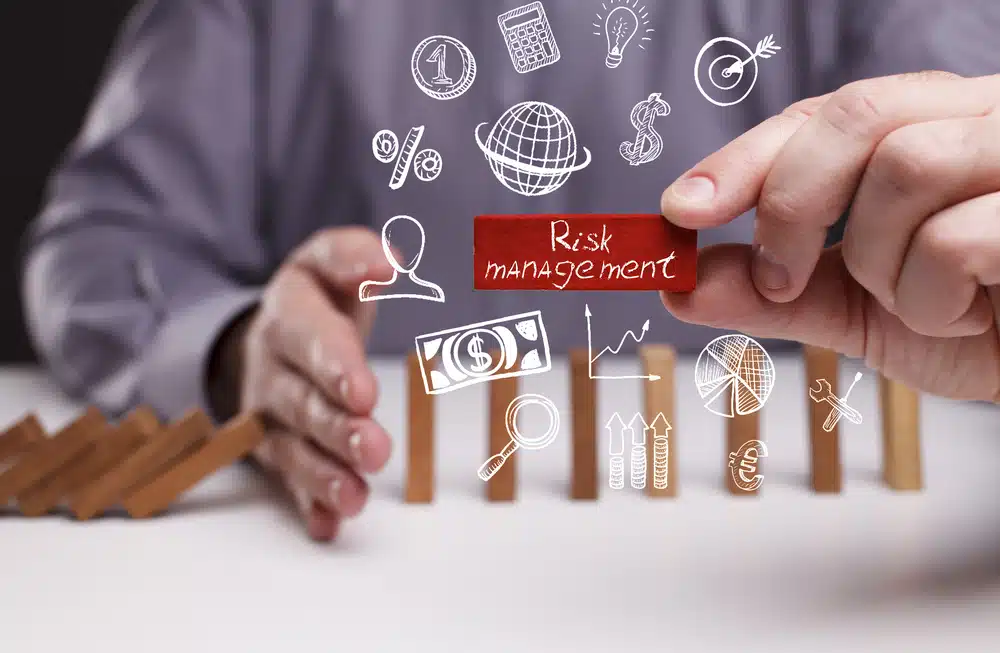
Conducting Thorough Risk Assessments
At the same time that it functions as a health checkup, a comprehensive risk assessment enables the early diagnosis of potential problems and makes it possible to take preventative measures. Risks are discovered and analyzed for their impact through the use of an in-depth study, which is followed by the determination of relevant solutions for risk mitigation.
Creating a Culture of Risk Awareness
As for the program management, the most valuable first preventive measure is the state of being on the alert. The way to avoid any possible future threat is to develop a culture of expecting dangers in the crew and so, save the readiness for some unexpected future struggling.
Leading with Innovation and Continuous Improvement
The success of the program is a product of different things. One of such is the combination of innovation and the continuous process of bettering. The need to creative quest, coupled with the incorporation of feedback mechanisms to ensure better performance in all stages of the program’s lifecycle, is dependent upon the process of setting specific ‘goals for program managers’ which ensures unique leadership exposers through innovative platforms and focuses on process improvements, building teams and objectives that are in align with the company’s strategic objectives.
Spearheading Innovative Initiatives
In conclusion, innovation is like a little flame, but it has the power to ignite the furnace of creativity and open up non-conformist avenues of thought. When leaders take charge of innovative ventures, program managers acquire more skills, which enable them to find ways to better solve problems, get a task done, and accomplish their overall objectives.
Embedding Improvement Feedback Loops
Along the same lines as a loop, enhancement is a process that is continuing. The continuous collecting and implementation of ideas for improvement is made possible through the incorporation of feedback loops for improvement at each and every step of the program’s existence.
Balancing Program Execution with Strategic Oversight
It is comparable to walking a tightrope to successfully manage both the execution of a program and the strategic management of that program. This is a vital component for obtaining the outcomes that are sought. To accomplish this, it is necessary to prioritize important tasks and to keep a broad perspective on the scenario that is now occurring.
Prioritizing High-Impact Activities
The many different actions that are engaged in program management have an effect on how effectively the program is managed. As a result of the fact that some carry more weight than others, it is essential to identify and prioritize the tasks that have a high impact in order to significantly raise the percentage of programs that are successful.
Maintaining a Big-Picture Perspective
In program management, this broad perspective is similar to an aerial view because it allows taking into account all the details and be aware of everything that happens in the whole environment. As long as such a perspective is unfolded and presents the bigger picture, it helps ensure that daily routines are aligned with the achievement of long-term goal and objectives in the program management sphere.
Cultivating Leadership Qualities and Soft Skills
A position of power is not the only requirement for a person to be considered a leader. Additionally, it entails looking out for the welfare of those who are under your care. Improving one’s capacity to make rational choices and developing one’s emotional intelligence are two of the most important aspects of developing great leadership traits and soft skills.
Sharpening Decision-Making Capabilities
As a ship is guided, the decisions made are what guide your program to its destination. Any modification to improve the making of decisions can improve efficiency and pilot your program through the route it needs to take. It is, therefore, within your capacity as a decision-maker to improve functionality and surpass every obstacle to realized success at the end of the program. Decision-making is like walking and guiding the ship on water.
Building Emotional Intelligence
One of the abilities that program managers should have to be successful in their positions is emotional intelligence. It implies the ability not only to recognize and manage personal feelings but also the emotions of other people . This ability should be present in a program manager to successfully lead a program since it is the basis for building good and productive relationships with team members and stakeholders.
Further Reading: Emotional Intelligence In Project Management: A Guide To Success
Summary
Overall, the role of the program manager is fundamental to ensuring the successful leadership of the team. It involves, improving their effective communication, aligning the program’s objectives with the organizational strategies, advancing the knowledge expertise for the program management staff, encouraging team work and collaboration with each of the team members, and promoting the professional growth and development opportunities for any associated individuals.
It also seeks to establish the best allocation of resources to realize the effective and efficient program implementation process and strong strategies on risk management. It enables the leaders to permit more innovation with the implementation team and at the same time exercise sufficient strategic control over the program. Moreover, additional charges may apply.
Frequently Asked Questions
What is the goal of a program manager?
A program manager’s main objective is to provide direction and supervision for program managers, as well as coordinate tasks in order to successfully achieve the overall goals of an organization. Rather than overseeing individual projects directly, they concentrate on developing a program strategy, delegating responsibilities among team members and executing the implementation process.
What is an example of a performance goal of a manager?
A priority for a manager could be to increase team collaboration, with the aim of enhancing program delivery efficiency. This particular aspect has been recognized as having potential for development and is expected to result in faster and more successful completion of programs.
What should I write for performance goals?
One way to effectively set performance goals for employees is by using the SMART criteria, which stands for specific, measurable, achievable, relevant and time-bound. This means that objectives should be clearly defined and able to be quantified or evaluated. They should also be realistic and pertinent to their job responsibilities with a designated designated person.
What are SMART goals criteria for a program plan?
For the creation of a successful program plan, it is essential to ensure that your goals are specific, measurable, achievable, relevant and time-bound (SMART). By following this method, you can establish distinct and attainable objectives for your project within a specified timeframe.
Why is effective communication crucial in project management?
In the realm of project management, effective communication is paramount as it serves to prevent any misinterpretations, uphold transparency and promote clear understanding. By doing so, this contributes greatly towards achieving success in a project.
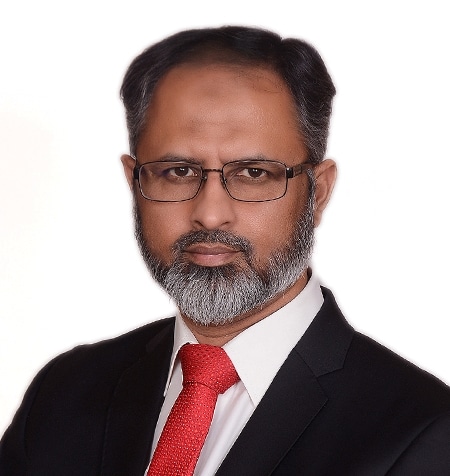


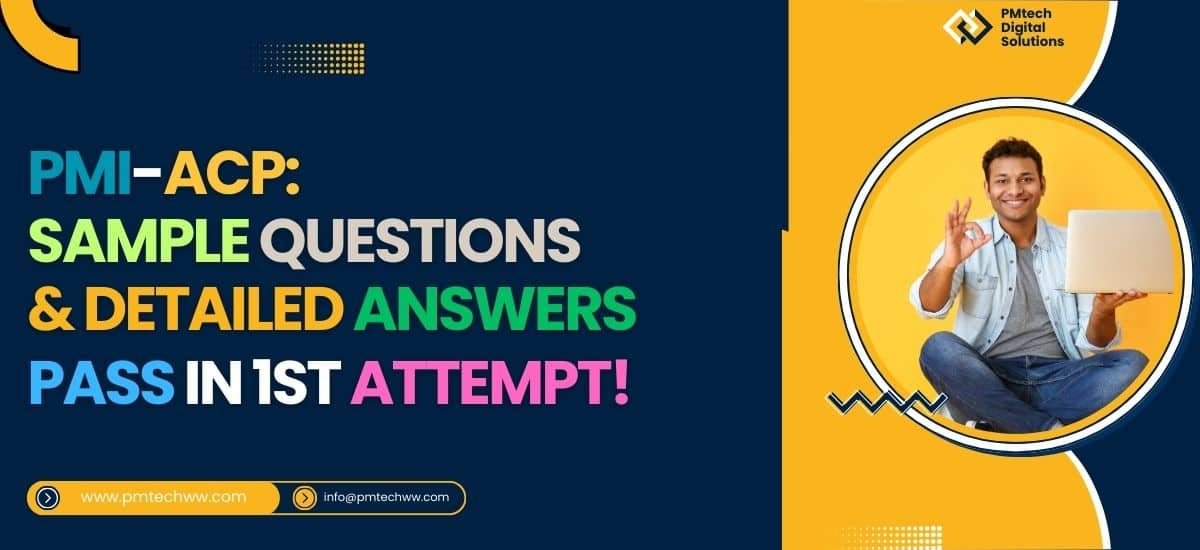
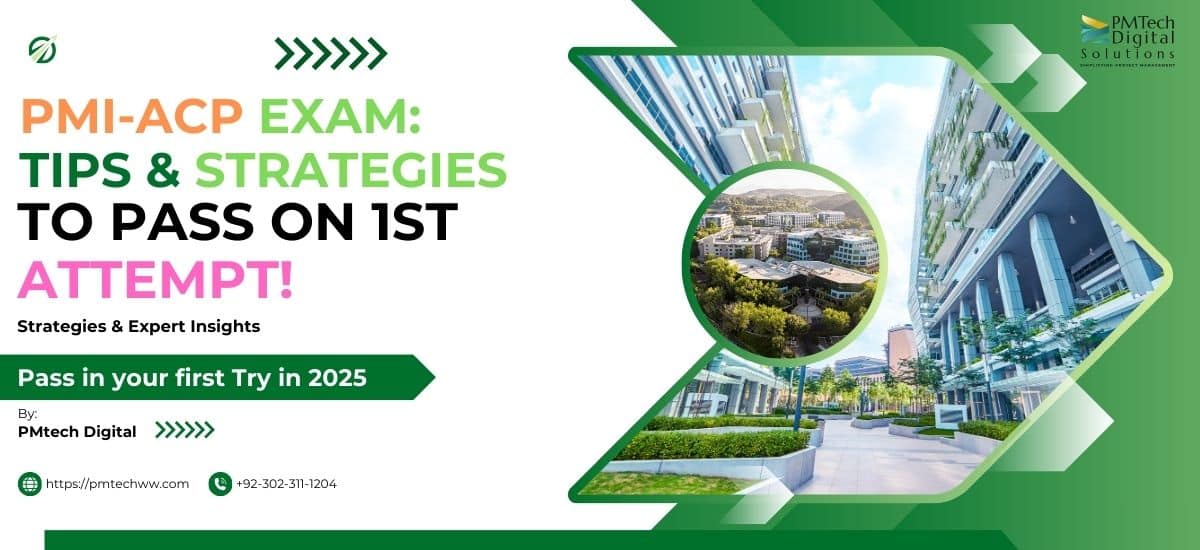
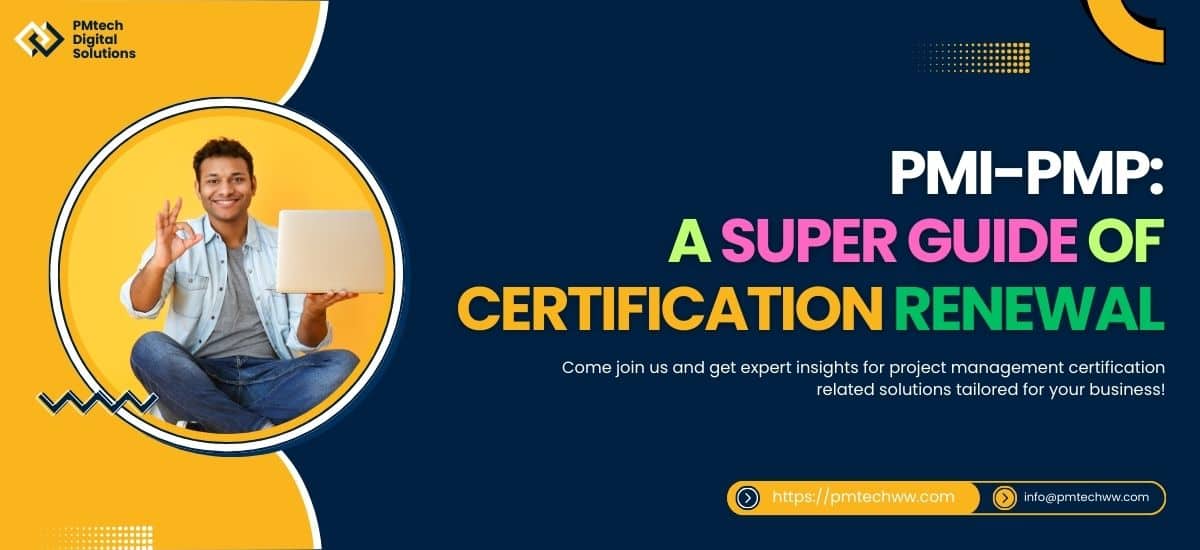
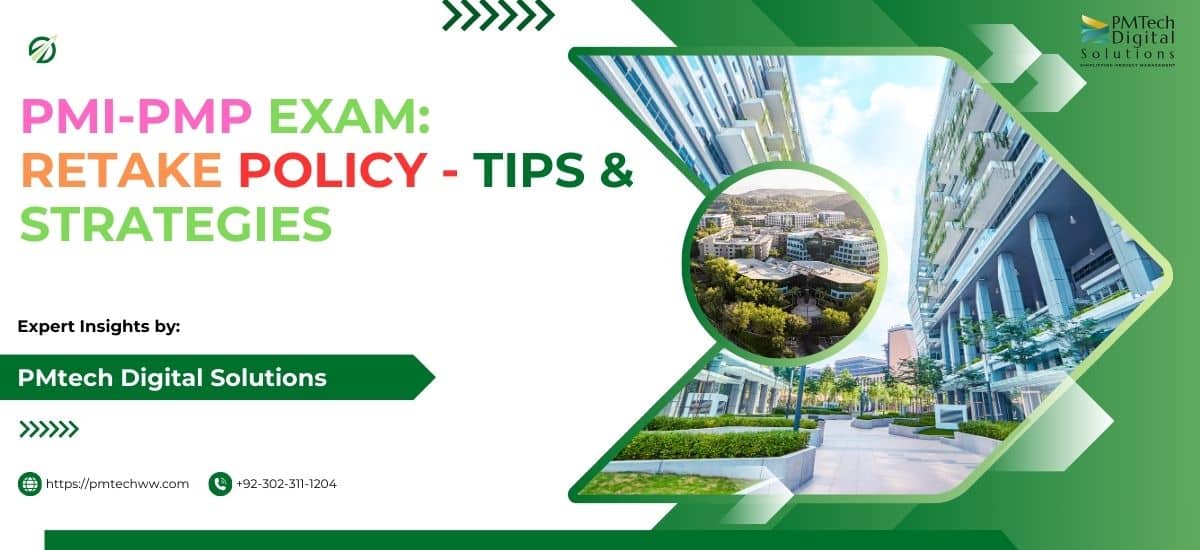
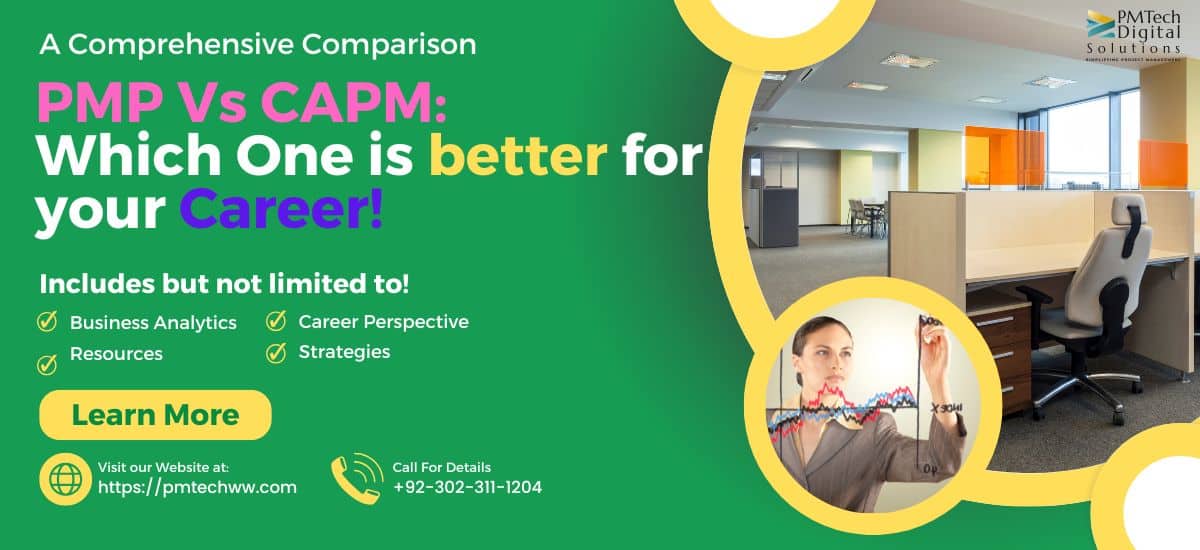




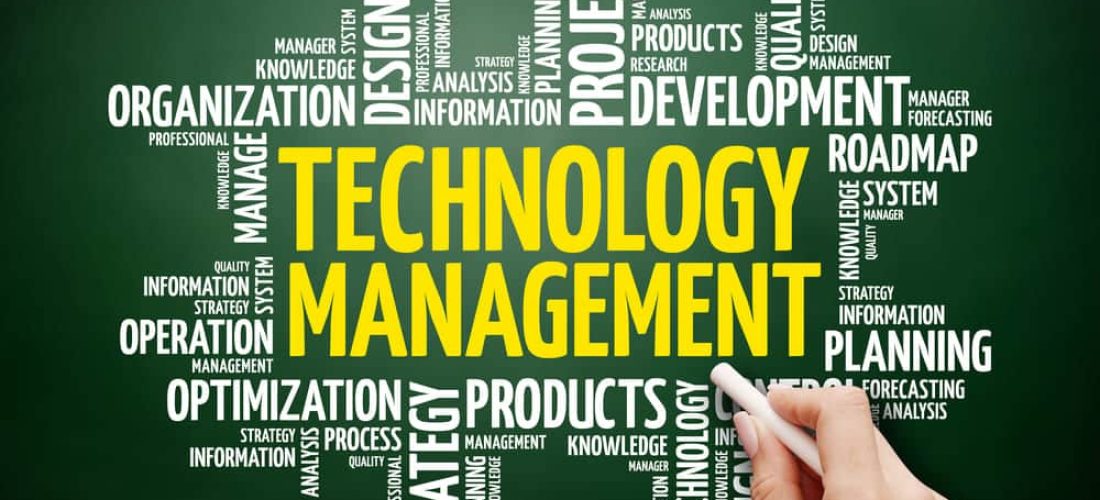

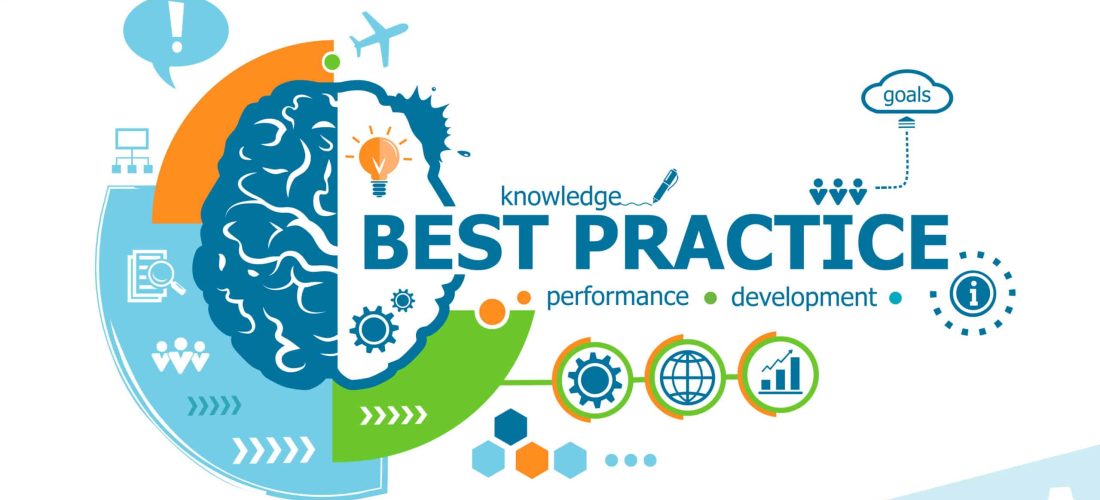



116 Responses
Your article helped me a lot, is there any more related content? Thanks! https://accounts.binance.com/sk/register?ref=OMM3XK51
Your article helped me a lot, is there any more related content? Thanks!
I don’t think the title of your article matches the content lol. Just kidding, mainly because I had some doubts after reading the article.
Your article helped me a lot, is there any more related content? Thanks!
Your article helped me a lot, is there any more related content? Thanks!
I don’t think the title of your article matches the content lol. Just kidding, mainly because I had some doubts after reading the article.
платформа для покупки аккаунтов маркетплейс аккаунтов соцсетей
продажа аккаунтов купить аккаунт
перепродажа аккаунтов https://magazin-akkauntov-online.ru/
магазин аккаунтов перепродажа аккаунтов
маркетплейс аккаунтов соцсетей магазин аккаунтов
аккаунт для рекламы магазин аккаунтов
маркетплейс аккаунтов соцсетей покупка аккаунтов
Account Catalog Account Trading Platform
Account Catalog Account Market
Account Acquisition Buy accounts
Sell Pre-made Account Guaranteed Accounts
Website for Buying Accounts Buy and Sell Accounts
Database of Accounts for Sale socialaccountsstore.com
Accounts for Sale Find Accounts for Sale
Gaming account marketplace Accounts for Sale
Account Buying Service Account market
Accounts market Guaranteed Accounts
Account Exchange Service Account Selling Service
ready-made accounts for sale database of accounts for sale
account market account catalog
find accounts for sale profitable account sales
account buying platform database of accounts for sale
profitable account sales account sale
find accounts for sale account market
account trading buy account
secure account sales buy accounts
account buying service buy accounts
account sale account purchase
accounts for sale social media account marketplace
account store database of accounts for sale
account exchange service marketplace for ready-made accounts
account exchange account selling platform
ready-made accounts for sale sell account
account sale verified accounts for sale
account exchange service buy account
find accounts for sale account trading service
account selling service find accounts for sale
ready-made accounts for sale secure account purchasing platform
account selling platform profitable account sales
guaranteed accounts account selling service
social media account marketplace account exchange
accounts for sale accounts market
website for selling accounts verified accounts for sale
sell pre-made account account acquisition
secure account sales account exchange
accounts market secure account sales
account market https://accounts-offer.org/
online account store accounts marketplace
ready-made accounts for sale https://buy-best-accounts.org
accounts for sale accounts marketplace
sell account https://accounts-marketplace.live
account sale accounts market
secure account sales account market
buy pre-made account https://buy-accounts-shop.pro/
account selling service buy accounts
account trading platform https://social-accounts-marketplace.live
account market https://buy-accounts.live/
sell accounts https://accounts-marketplace.online
guaranteed accounts account market
маркетплейс аккаунтов https://akkaunty-na-prodazhu.pro/
площадка для продажи аккаунтов https://rynok-akkauntov.top
купить аккаунт https://kupit-akkaunt.xyz/
магазин аккаунтов https://akkaunt-magazin.online
купить аккаунт https://akkaunty-market.live/
магазин аккаунтов https://kupit-akkaunty-market.xyz/
покупка аккаунтов https://akkaunty-optom.live/
маркетплейс аккаунтов соцсетей online-akkaunty-magazin.xyz
маркетплейс аккаунтов соцсетей akkaunty-dlya-prodazhi.pro
продажа аккаунтов https://kupit-akkaunt.online/
facebook ad account buy buy facebook profiles
buy accounts facebook https://buy-ad-accounts.click
buy facebook accounts for ads https://buy-ad-account.top/
buy facebook ad account buy facebook old accounts
facebook ad accounts for sale facebook ad account buy
cheap facebook advertising account https://buy-ads-account.work
buy fb account https://ad-account-for-sale.top
buying facebook account https://buy-ad-account.click
facebook ads account for sale https://ad-accounts-for-sale.work
buy verified google ads accounts https://buy-ads-account.top/
google ads agency accounts https://buy-ads-accounts.click
facebook accounts for sale buy facebook ad account
buy google ads verified account https://ads-account-for-sale.top
google ads agency account buy sell google ads account
buy google ad account https://buy-ads-invoice-account.top
buy google ads threshold account buy google ads threshold accounts
adwords account for sale https://buy-ads-agency-account.top
buy aged google ads account https://sell-ads-account.click
buy verified facebook business manager https://buy-business-manager.org
google ads accounts for sale https://ads-agency-account-buy.click
google ads account for sale https://buy-verified-ads-account.work
facebook bm buy https://buy-business-manager-acc.org/
buy facebook business managers verified business manager for sale
business manager for sale buy-verified-business-manager-account.org
buy fb bm buy-verified-business-manager.org
facebook business manager account buy https://business-manager-for-sale.org
buy verified business manager buy-business-manager-verified.org
facebook bm account buy https://buy-bm.org
facebook bm for sale https://verified-business-manager-for-sale.org/
verified facebook business manager for sale https://buy-business-manager-accounts.org/
tiktok ads account buy https://buy-tiktok-ads-account.org
buy tiktok ads https://tiktok-ads-account-buy.org
buy tiktok ads accounts https://tiktok-ads-account-for-sale.org
buy tiktok ad account buy tiktok ads
buy tiktok ads accounts https://buy-tiktok-ad-account.org
tiktok ads account buy tiktok ad accounts
tiktok ad accounts https://buy-tiktok-business-account.org
buy tiktok ads account https://buy-tiktok-ads.org
tiktok agency account for sale https://tiktok-ads-agency-account.org
I don’t think the title of your article matches the content lol. Just kidding, mainly because I had some doubts after reading the article.
Thank you for your sharing. I am worried that I lack creative ideas. It is your article that makes me full of hope. Thank you. But, I have a question, can you help me?